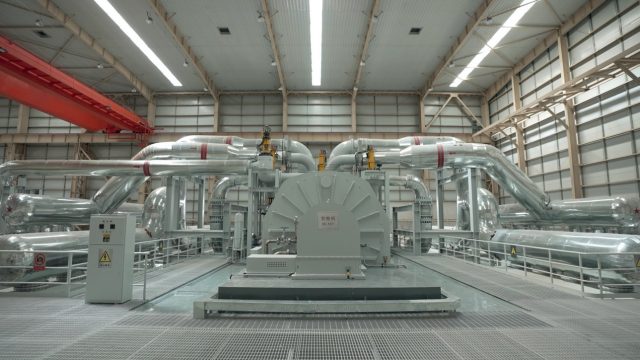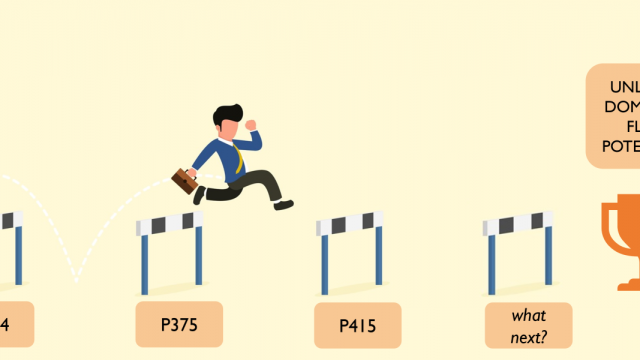Will speedy BESS deliver a long-term solution?
Posted 3 April 2023
Having changed country, company and technology, Everoze Partner Dougal McQueen shares his thoughts on the rapid deployment of Battery Energy Storage Systems into legacy power systems.
The need for the UK to reduce reliance on fossil fuelled generation, whether for political or environmental reasons, is apparent and urgent. With the crises piling up (climate, Ukraine, cost of living) the economic case for building wind and solar power plants is clear. And, to integrate these technologies, which lack the rotational mass and dispatchability of thermal power stations, requires energy storage plant that can provide ancillary services to keep the power system running and stable.
Under normal circumstances large scale power generation, transmission, or storage projects take many years if not more than a decade to design, consent, procure components and build. Unfortunately, time is not a luxury that can be afforded. Luckily, technological development has provided a saviour; BESS (Battery Energy Storage System). BESS projects are as good as tailor made to provide ancillary services; with frequency response markets such as Dynamic Containment, Moderation and Regulation. These markets are already largely saturated; BESS projects are additionally targeting the Capacity Market. And, after a faltering start, there is such growing confidence in business cases reliant on a predominantly merchant market (arbitrage) that they can attract debt finance.
Compared to many renewables projects, BESS projects are a cinch to develop. Taking up little space, nearly invisible (if well sited), producing no direct emissions, and can be built almost anywhere. If a developer secures a section of low value land, that won’t get flooded, and is near a point of the grid with connection capacity, then a project can pass through planning and get onto construction within a couple of years. Compared with alternate storage projects such as: pumped hydro which will take 10 years or more before beginning to fill, flow batteries and hydrogen storage which are still aspiring toward commercial competitiveness , BESS is a timescale miracle.
Obtaining planning permission and finance is only part of project development. Components must be procured; while the supply chain is presently struggling to meet demand; Mega-factories are being built to provide batteries. And while the supply of power electronics (used for inverters) presently have lead times stretching to 12 months; it is ironic that the longest lead times in the procurement path are, technologically, the oldest components; the grid connecting transformer, cables and switch gear.
The urgency of the situation and the haste with which a BESS solution can be brought forward are incongruous with power system planning. BESS projects are being brought from concept to commissioning in a short number of years. The queue for a grid connection may be long in some areas and can slow down implementation, but this is brief compared to the decades it can take for the transmission lines, to which they connect, to be built or upgraded.
As well as the speed of delivery in comparison with other power projects, further juxtaposition is apparent in the lifetime of a BESS project compared with that of traditional power and transmission equipment. Batteries suffer degradation through time and with use; projects if driven hard may require augmentation from 3 years and repowering as soon as 10 years. A BESS project could be repowered before a pumped hydro plant has started construction.
Further, the Balance of Plant (BoP) components (Power Conversion Systems / inverters, transformers, cables, switch gear and protection) have design lives of at least 25 years and may last up to 60 years. The BoP will last many battery lifetimes, requiring clever repowering and accounting strategies. However, the rapid technological development of batteries could mean that the BoP will have to be redesigned for repowering. .
The rapid development of BESS is not the only disruptor effecting the power system; flexibility services offered through demand side management, distributed storage in Electric Vehicles, and lifestyles (working from home, staycations and new modes of mobility) are evolving at a pace unforeseen a decade ago. Any of these disruptors make long term power system planning and investment decisions difficult and exacerbate the desire for short term returns.
While BESS can offer rapid solutions to facilitate the decarbonisation of the power grid, the legacy of rapid development can entail unforeseen risks and costs that should be considered upfront. This is true of other components of the energy system too. For example, the nuclear industry faces complex decommissioning tasks that can take as long as the time the plants were operational. And, while the risks associated with increasing the lifetime of nuclear assets are clear and present, the question of how and when to extend the life of BESS projects could require some careful judgement. This is especially true when markets for the services BESS offer can be quick to change. And, while at the end of life battery recycling is the responsibility of suppliers, there are still questions about how efficiently and at what cost this can be done at the scale required, and how much of those costs will pass through to prices.
To conclude, the energy industry is going through rapid change and BESS projects are set to play a critical role. The projects that are first off the rank will be set, in the short-term, to secure returns in ancillary service and capacity markets. However, the long term costs and usefulness are unknown quantities. To ensure BESS assets maximise long-term usefulness, designs should be flexible; incorporating strategies for augmentation, repowering, and reuse of the Balance of Plant.






